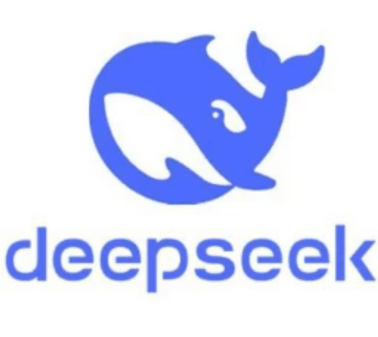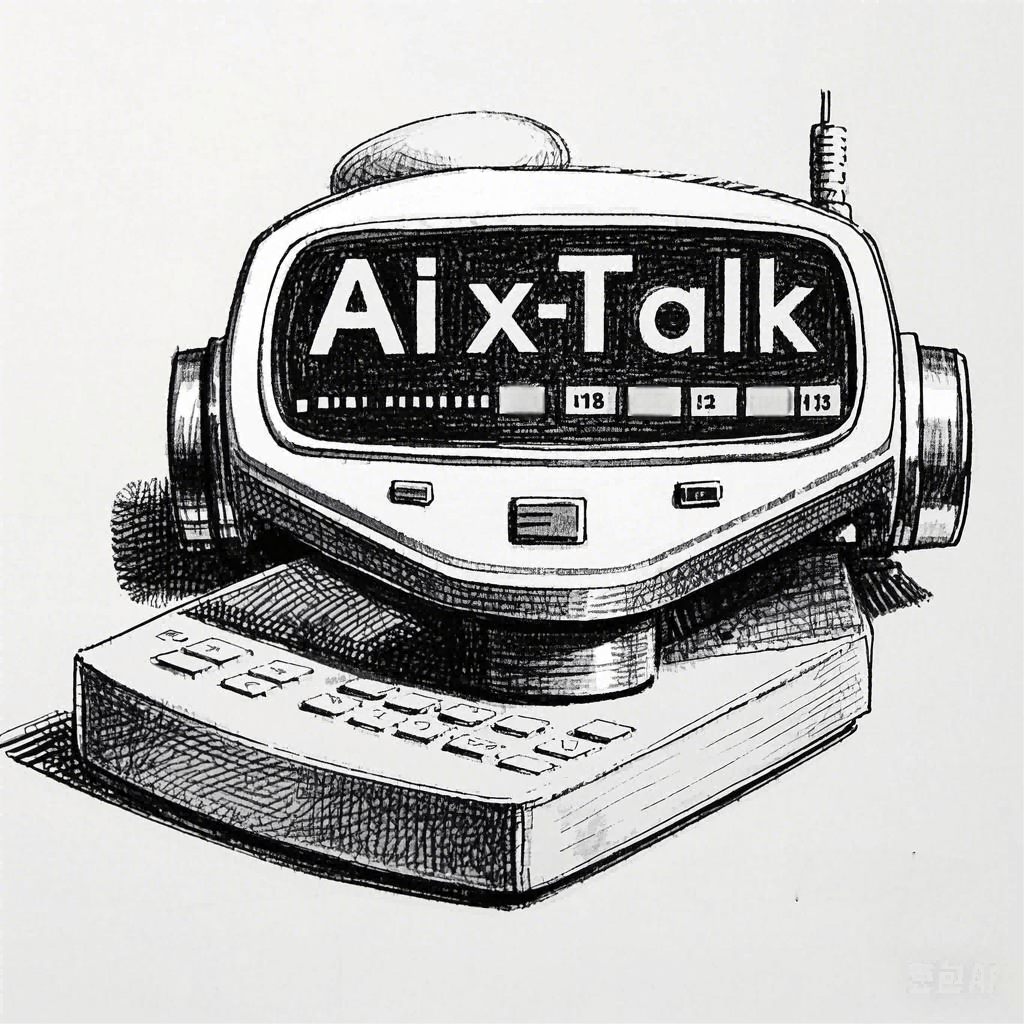用 DeepSeek 生成 Java代码,实现一个简单的问答机器人
用 Java 编写一个问答机器人,它可以从用户输入接收问题,并返回 DeepSeek 生成的回答。本篇文章将教你如何使用 DeepSeek 生成 Java 代码,实现一个。,通过调用 DeepSeek API 获取 DeepSeek 生成的结果。,它可以接收用户输入,并返回 AI 生成的回答。,让我们的机器人真正具备 AI 问答能力!,你的 AI 机器人就可以和你对话了!,并在网页上调用 AI 机
即使没有编程经验,你也可以用 AI 帮助你编写代码,创建属于自己的 AI 机器人!本篇文章将教你如何使用 DeepSeek 生成 Java 代码,实现一个 简单的问答机器人,并在本地运行它!
一、让 DeepSeek 生成 Java 代码
我们想要一个 简单的 AI 机器人,它可以接收用户输入,并返回 AI 生成的回答。
💬 示例指令:
“用 Java 编写一个问答机器人,它可以从用户输入接收问题,并返回 DeepSeek 生成的回答。”
DeepSeek 可能会返回如下代码:
import java.util.Scanner;
public class ChatBot {
public static void main(String[] args) {
Scanner scanner = new Scanner(System.in);
System.out.println("欢迎使用 AI 机器人!请输入你的问题(输入 '退出' 结束):");
while (true) {
System.out.print("你:");
String question = scanner.nextLine();
if ("退出".equalsIgnoreCase(question)) {
System.out.println("AI 机器人:再见!");
break;
}
String response = getAIResponse(question);
System.out.println("AI 机器人:" + response);
}
scanner.close();
}
// 这里模拟 AI 响应,后续我们会优化
public static String getAIResponse(String question) {
return "这是 AI 机器人对你的问题 '" + question + "' 的回答!";
}
}
🔹 代码解析:
✅ Scanner 读取用户输入
✅ 无限循环等待用户提问
✅ 用户输入 "退出" 结束程序
✅ getAIResponse 方法返回 AI 生成的回答(目前是固定回复)
🔹 运行结果如下
二、优化机器人,接入 DeepSeek API
目前机器人返回的是固定文本,我们可以让 AI 生成更智能的回答,通过调用 DeepSeek API 获取 DeepSeek 生成的结果。
💡 DeepSeek API 的调用方式:
1️⃣ 通过 Java 发送 HTTP 请求给 DeepSeeky
2️⃣ 获取并解析 AI 的返回内容
下面是 优化后的 Java 代码,让我们的机器人真正具备 AI 问答能力!
import java.util.Scanner;
import okhttp3.*;
public class ChatBot {
private static final String API_KEY = "your_openai_api_key";
private static final String API_URL = "https://api.openai.com/v1/chat/completions";
public static void main(String[] args) {
Scanner scanner = new Scanner(System.in);
System.out.println("欢迎使用 AI 机器人!请输入你的问题(输入 '退出' 结束):");
while (true) {
System.out.print("你:");
String question = scanner.nextLine();
if ("退出".equalsIgnoreCase(question)) {
System.out.println("AI 机器人:再见!");
break;
}
String response = getAIResponse(question);
System.out.println("AI 机器人:" + response);
}
scanner.close();
}
public static String getAIResponse(String question) {
// 构造 JSON 请求体
String json = String.format("{"
+ "\"model\": \"deepseek-r1:1.5b\","
+ "\"messages\": [{\"role\": \"user\", \"content\": \"%s\"}]"
+ "}", question);
// 创建请求体
RequestBody body = RequestBody.create(json, MediaType.parse("application/json"));
// 构建 HTTP 请求
Request request = new Request.Builder()
.url(API_URL)
.post(body)
.build();
// 发送请求并获取响应
try (Response response = client.newCall(request).execute()) {
if (response.isSuccessful() && response.body() != null) {
Gson gson = new Gson();
DeepSeekResponse deepSeekResponse = gson.fromJson(response.body().string(), DeepSeekResponse.class);
return deepSeekResponse.getChoices().get(0).getMessage().getContent();
}
return "AI 机器人出错了,请稍后再试!";
} catch (IOException e) {
return "AI 机器人出错了,请稍后再试!";
}
}
@Data
@NoArgsConstructor
@AllArgsConstructor
public static class DeepSeekResponse {
private String id;
private String object;
private long created;
private String model;
private String systemFingerprint;
private List<Choice> choices;
private Usage usage;
@Data
@NoArgsConstructor
@AllArgsConstructor
public static class Choice {
private int index;
private Message message;
private String finishReason;
}
@Data
@NoArgsConstructor
@AllArgsConstructor
public static class Message {
private String role;
private String content;
}
@Data
@NoArgsConstructor
@AllArgsConstructor
public static class Usage {
private int promptTokens;
private int completionTokens;
private int totalTokens;
}
}
}
三、运行你的 AI 机器人
1️⃣ 安装依赖:
使用 OkHttp 发送 HTTP 请求,需要添加 Maven 依赖:
<dependency>
<groupId>com.squareup.okhttp3</groupId>
<artifactId>okhttp</artifactId>
<version>4.12.0</version>
</dependency>
<dependency>
<groupId>org.projectlombok</groupId>
<artifactId>lombok</artifactId>
<version>1.18.30</version>
</dependency>
<dependency>
<groupId>com.google.code.gson</groupId>
<artifactId>gson</artifactId>
</dependency>
2️⃣ 运行 Java 代码,你的 AI 机器人就可以和你对话了!
运行结果如下

四、下一步:让 AI 机器人支持网页调用
目前,我们的 AI 机器人只能在 终端 运行。下一篇文章,我们将教你 如何让 AI 生成 API 接口,并在网页上调用 AI 机器人,实现 更强大的 AI 交互体验! 🚀
更多推荐
 已为社区贡献18条内容
已为社区贡献18条内容










所有评论(0)